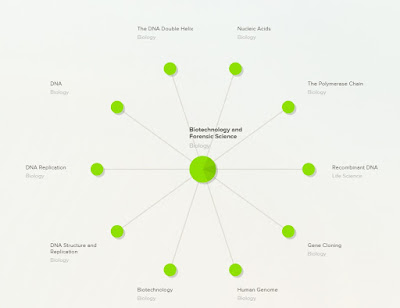
On Tuesday, July 2, 2019, from 12:23 to 2:46 p.m. PDT, the Exploratorium, in partnership with NASA, will broadcast a total solar eclipse from the NSF’s Cerro Tololo Observatory in Chile. The broadcast will be available to downlink, online, in the museum's award-winning eclipse app, and onsite at the Exploratorium. Visitors to the Exploratorium can enjoy programs in both English and Spanish, a data-driven sonification by composer Wayne Grim, lectures by Exploratorium staff educators, and other eclipse programming.
Exploratorium has a large variety of other resources for educators as well.

WHO: The Exploratorium in partnership with NASA

WHO: The Exploratorium in partnership with NASA
WHAT: Live coverage and explanation of the total solar eclipse
WHEN: Tuesday, July 2, 2019, 12:23-2:46 p.m. PDT
Staff experts are available for interview before the eclipse.
Staff experts are available for interview before the eclipse.
Isabel Hawkins is an astronomer and educator with a PhD in astronomy from UCLA. She spent 20 years as a researcher and science educator at the University of California, Berkeley, Space Sciences Laboratory, before coming to the Exploratorium. Isabel has published more than 100 articles on a variety of astronomy and education topics, and in 2009 she received the Astronomical Society of the Pacific’s Klumpke-Roberts award for her work in astronomy education and public outreach. Available for interviews in Spanish.
Ron Hipschman has hosted eclipse coverage for the Exploratorium for over twenty years. He has worked as an exhibit developer, author, teacher, and webcast host since joining the Exploratorium in 1971. He currently works on the Exploratorium’s Environmental Initiatives.
Read this advisory on our website.
.











